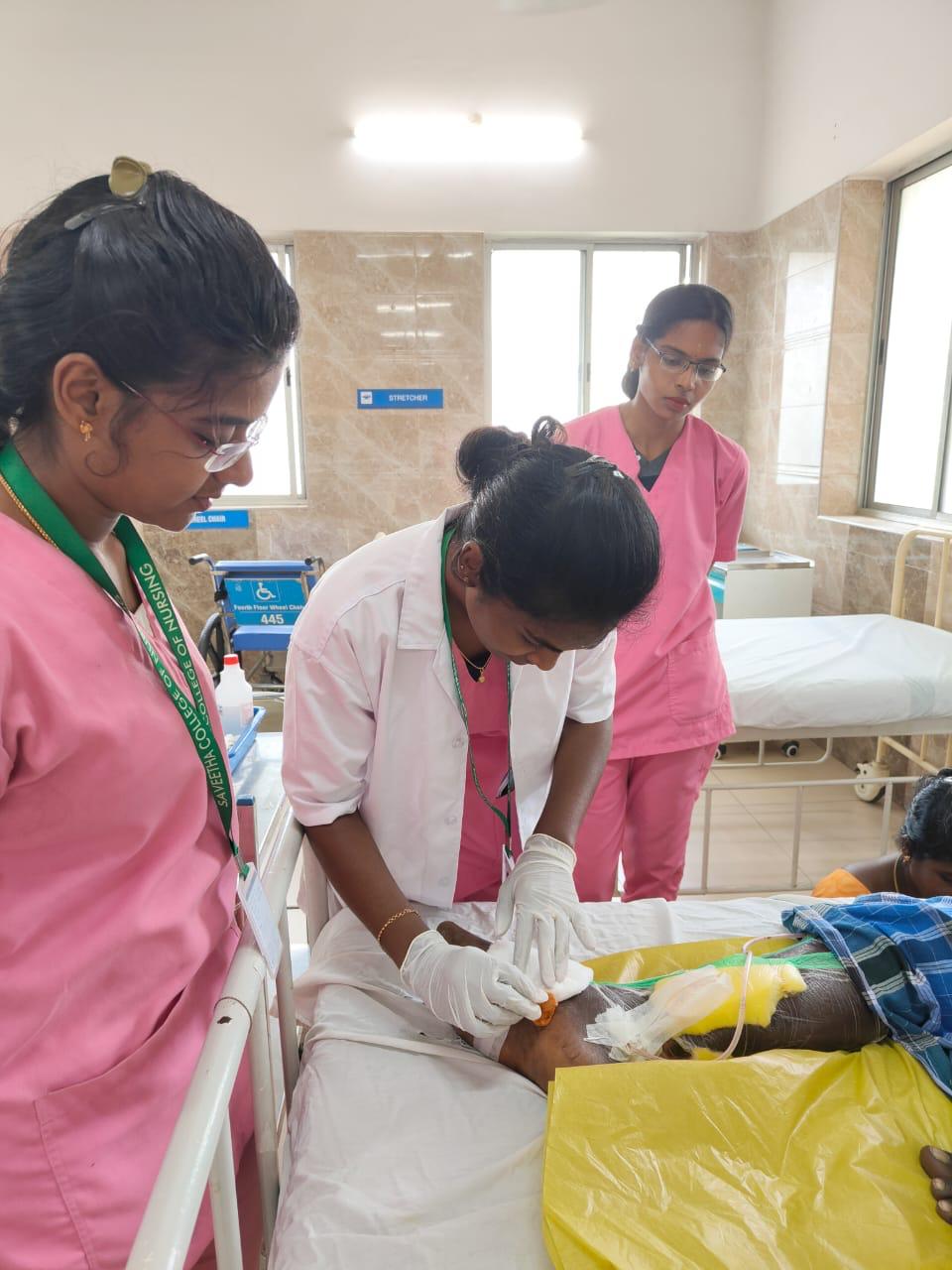Carica Papaya on DFU healing

Saveetha College of Nursing, Saveetha Institute of Medical and Technical Sciences conducted the study to analyze intensively the efficacy of Carica papaya pulp dressing on DFU healing, which proved the improvement in wound healing in terms of wound degeneration to regeneration and the formulation of healthy tissue. This denotes that papaya has antibacterial activity and promotes rapid wound healing by de-sloughing and granulation of tissues, with an ability to dissolve dead tissue due to papaya containing enzymatic microdebridement and antibacterial activity. India has the highest number of people with diabetes in the world. Diabetic foot ulcer (DFU) is one of the most significant, devastating, and expensive complications of diabetes to treat. The prevalence of DFU in the diabetic population is 4–10%. The majority (60–80%) of foot ulcers will heal, while 10–15% of them will remain active, and 5–24% will finally lead to limb amputation within 6–18months after the first evaluation. It is estimated that about 5% of all patients with diabetes present with a history of foot ulceration, and the lifetime risk of developing this complication is 15%. The reported risk factors associated with DFUs include peripheral neuropathy, peripheral vascular disease, a weak immune system, foot trauma, and noncompliance with medication. The management of diabetic foot ulcers remains a major therapeutic challenge, which implies an urgent need to review strategies and treatments to achieve the goals and reduce the burden of care efficiently and cost- effectively. Many research studies have shown the effectiveness of natural medicine on DFU healing. Indian papaya or Carica papaya is known to have rapid de-sloughing and wound-healing properties due to the presence of protease enzymes. Green papaya is rich in two enzymes (papain and chymopapain) that have powerful digestive properties and the ability to dissolve dead tissue. The extracts of ripe and unripe papaya fruit and its seeds are active against gram-positive bacteria, and strong doses are effective against gram-negative bacteria. The substance has protein-like properties and yields the aglycone of glucotropaeolin benzyl Isothiocyanate (BITC), which is bacteriostatic, bactericidal, and fungicidal. The papaya has antibacterial activity and promotes rapid wound healing by de-sloughing and granulation of tissues, with an ability to dissolve dead tissue due to papaya containing enzymatic microdebridement and antibacterial activity.













Leave a Reply